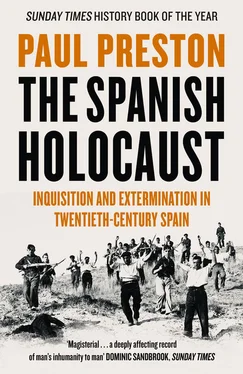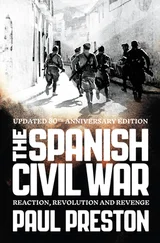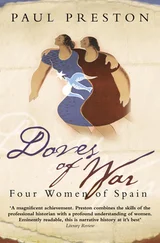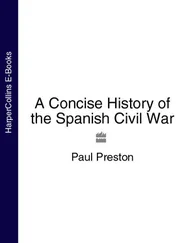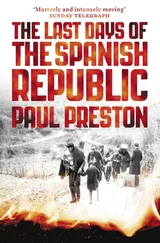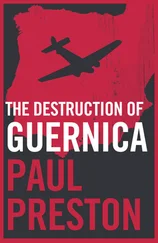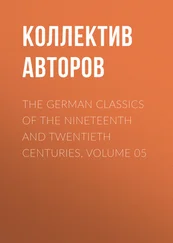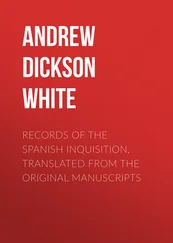Serious investigation was not possible until after the death of Franco in 1975. When researchers began the task, they were confronted not only with the deliberate destruction of much archival material by the Francoist authorities but also with the fact that many deaths had simply been registered either falsely or not at all. In addition to the concealment of crimes by the dictatorship was the continued fear of witnesses about coming forward and the obstruction of research, especially in the provinces of Old Castile. Archival material has mysteriously disappeared and frequently local officials have refused to permit consultation of the civilian registry. 8
Many executions by the military rebels were given a veneer of pseudo-legality by trials, although they were effectively little different from extra-judicial murder. Death sentences were handed out after procedures lasting minutes in which the accused were not allowed to speak. 9The deaths of those killed in what the rebels called ‘cleansing and punishment operations’ were given the flimsiest legal justification by being registered as ‘by dint of the application of the declaration of martial law’ (‘por aplicación del bando de Guerra’). This was meant to legalize the summary execution of those who resisted the military take-over. The collateral deaths of many innocent people, unarmed and not offering any resistance, were also registered in this way. Then there were the executions of those registered as killed ‘without trial’ in reference to those who were discovered harbouring a fugitive, and so were shot just on military orders. There was also a systematic effort to conceal what had happened. Prisoners were taken far from their home towns, executed and buried in unmarked mass graves. 10
Finally, there is the fact that a substantial number of deaths were not registered in any way. This was the case with many of those who fled before Franco’s African columns as they headed from Seville to Madrid. As each town or village was occupied, among those killed were refugees from elsewhere. Since they carried no papers, their names or places of origin were unknown. It may never be possible to calculate the exact numbers murdered in the open fields by squads of mounted Falangists and extreme right-wing monarchists of the so-called Carlist movement. It is equally impossible to ascertain the fate of the thousands of refugees from Western Andalusia who died in the exodus after the fall of Málaga in 1937 or of those from all over Spain who had taken refuge in Barcelona only to die in the flight to the French border in 1939 or of those who committed suicide after waiting in vain for evacuation from the Mediterranean ports.
Nevertheless, the huge amount of research that has been carried out makes it possible to state that, broadly speaking, the repression by the rebels was about three times greater than that which took place in the Republican zone. The currently most reliable, yet still tentative, figure for deaths at the hands of the military rebels and their supporters is 130,199. However, it is unlikely that such deaths were fewer than 150,000 and they could well be more. Some areas have been studied only partially; others hardly at all. In several areas, which spent time in both zones, and for which the figures are known with some precision, the differences between the numbers of deaths at the hands of Republicans and at the hands of rebels are shocking. To give some examples, in Badajoz, there were 1,437 victims of the left as against 8,914 victims of the rebels; in Seville, 447 victims of the left, 12,507 victims of the rebels; in Cádiz, 97 victims of the left, 3,071 victims of the rebels; and in Huelva, 101 victims of the left, 6,019 victims of the rebels. In places where there was no Republican violence, the figures for rebel killings are almost incredible, for example Navarre, 3,280, La Rioja, 1,977. In most places where the Republican repression was the greater, like Alicante, Girona or Teruel, the differences are in the hundreds. 11The exception is Madrid. The killings throughout the war when the capital was under Republican control seem to have been nearer three times those carried out after the rebel occupation. However, precise calculation is rendered difficult by the fact that the most frequently quoted figure for the post-war repression in Madrid, of 2,663 deaths, is based on a study of those executed and buried in only one cemetery, the Almudena or Cementerio del Este. 12
Although exceeded by the violence exercised by the Francoists, the repression in the Republican zone before it was stopped by the Popular Front government was nonetheless horrifying. Its scale and nature necessarily varied, with the highest figures being recorded for the largely Socialist south of Toledo and the anarchist-dominated area from the south of Zaragoza, through Teruel into western Tarragona. 13In Toledo, 3,152 rightists were killed, of whom 10 per cent were members of the clergy (nearly half of the province’s clergy). 14In Cuenca, the total deaths were 516 (of whom thirty-six, or 7 per cent of the total killed, were priests – nearly a quarter of the province’s clergy). 15The figure for deaths in Republican Catalonia, according to the exhaustive study by Josep Maria Solé i Sabaté and Joan Vilarroyo i Font, was 8,360. This figure corresponds closely to the conclusions reached by a commission created by the Generalitat de Catalunya (the Catalan regional government) in 1937. Part of the efforts of the Republican authorities to register deaths, it was led by a judge, Bertran de Quintana, and investigated all deaths behind the lines in order to instigate measures against those responsible for extra-judicial executions. 16Such a procedure would have been inconceivable in the rebel zone.
Recent scholarship, not only for Catalonia but also for most of Republican Spain, has dramatically dismantled the propagandistic allegations made by the rebels at the time. On 18 July 1938 in Burgos, Franco himself claimed that 54,000 people had been killed in Catalonia. In the same speech, he alleged that 70,000 had been murdered in Madrid and 20,000 in Valencia. On the same day, he told a reporter there had already been a total of 470,000 murders in the Republican zone. 17To prove the scale of Republican iniquity to the world, on 26 April 1940 he set up a massive state investigation, the Causa General, ‘to gather trustworthy information’ to ascertain the true scale of the crimes committed in the Republican zone. Denunciation and exaggeration were encouraged. Thus it came as a desperate disappointment to Franco when, on the basis of the information gathered, the Causa General concluded that the number of deaths was 85,940. Although inflated and including many duplications, this figure was still so far below Franco’s claims that, for over a quarter of a century, it was omitted from editions of the published résumé of the Causa General’s findings. 18
A central, yet under-estimated, part of the repression carried out by the rebels – the systematic persecution of women – is not susceptible to statistical analysis. Murder, torture and rape were generalized punishments for the gender liberation embraced by many, but not all, liberal and left-wing women during the Republican period. Those who came out of prison alive suffered deep lifelong physical and psychological problems. Thousands of others were subjected to rape and other sexual abuses, the humiliation of head shaving and public soiling after the forced ingestion of castor oil. For most Republican women, there were also the terrible economic and psychological problems of having their husbands, fathers, brothers and sons murdered or forced to flee, which often saw the wives themselves arrested in efforts to get them to reveal the whereabouts of their menfolk. In contrast, despite frequent assumptions that the raping of nuns was common in Republican Spain, there was relatively little equivalent abuse of women there. That is not to say that it did not take place. The sexual molestation of around one dozen nuns and the deaths of 296, just over 1.3 per cent of the female clergy, is shocking but of a notably lower order of magnitude than the fate of women in the rebel zone. 19That is not entirely surprising given that respect for women was built into the Republic’s reforming programme.
Читать дальше
